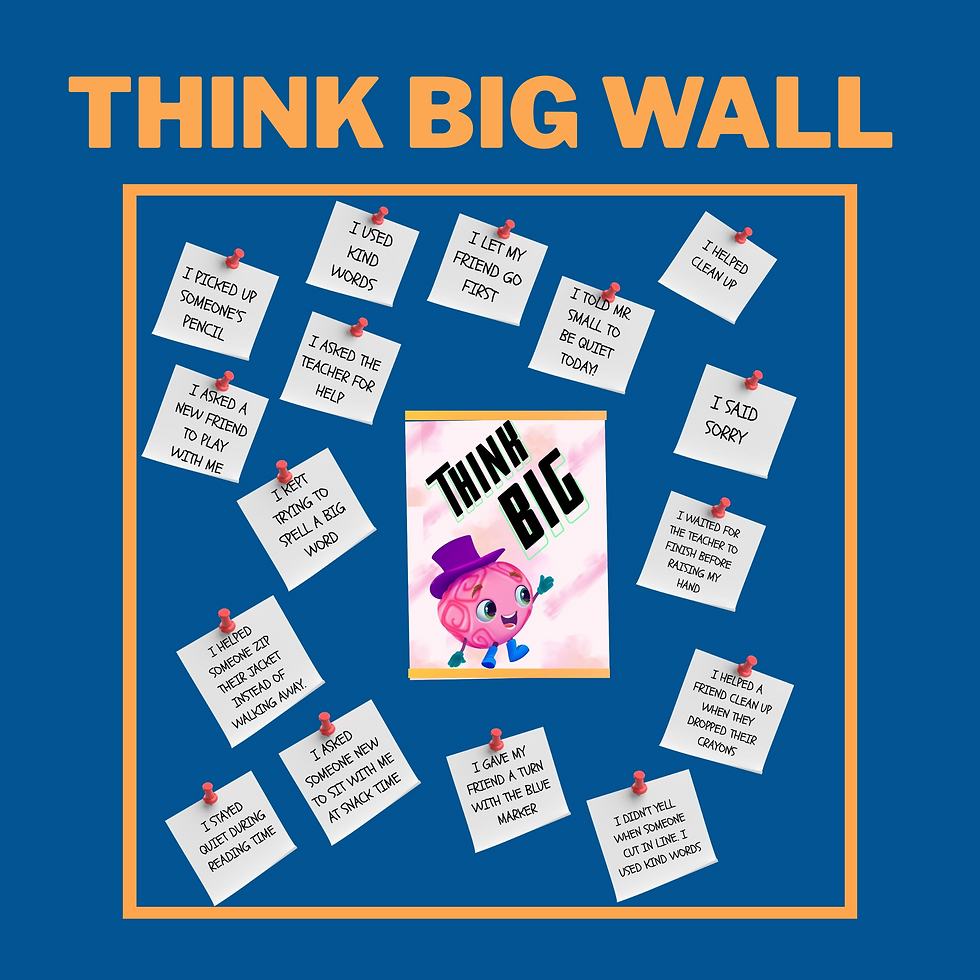When the Lineup Becomes a Meltdown: Using SEL and Storytelling to Set Classroom routines and culture
- Rashda Munawar
- Jul 30
- 3 min read

It was Day 2 of the new school year.
I had just finished a heartwarming read-aloud, the supplies were still organized (miraculously), and the energy in the room was buzzing with new beginnings. But then came the lineup.
You know the one.
Two students started arguing about who got there first. One child dramatically flopped to the floor. Another wandered off to look at the class hamster. And in the middle of the chaos, I heard myself say for the fifth time that morning
“Remember our lining up rule? Please go back and try again.”
That’s when it hit me: We can post rules, repeat routines, even act them out but unless students feel connected to why they matter, our efforts to build strong classroom routines and culture just become background noise.
So I tried something different.
How Chaos Helped Me Rethink Classroom Routines and Culture
Instead of laying down rules like a checklist, I introduced a story, one that gently explored the inner voices we all carry: the ones that doubt, and the ones that encourage.
I read Think Big, a picture book I wrote that follows a little girl named Maria on her first day of school. Maria hears two voices in her head:
Mr. Small, the voice of fear and “what ifs.”
Mr. Big, the voice of confidence and possibilities.

As we read, the classroom got quieter. Curious. Engaged.
Suddenly, the idea of “lining up properly” wasn’t just about walking in a straight line, it was about listening to the voice that says:
“I can do this. I can be respectful. I can try again.”
Storytelling + Role-Play = Classroom Expectations That Stick
After introducing Maria, Mr. Big, and Mr. Small, I used role-play to bring everyday classroom situations to life.
Here’s what I did:
I created scenario cards with common classroom moments (lining up, asking for help, taking turns).
I assigned roles: one student played the main character, one voiced Mr. Small, and another voiced Mr. Big.
We acted out the scenes, drama, giggles, and all.
🗂 Sample Scenario: The Lineup Dilemma
Scenario Card Prompt: “It’s time to line up for
recess, but two students are pushing to get to the front.”
Mr. Small: “Push back! Or you’ll be stuck at the end.”
Mr. Big: “Take a deep breath. You’ll all get outside. Let’s solve this together.”
Discussion Prompt After:
Which voice was more helpful? How would you feel if someone pushed in front of you?
Suddenly, the routine had meaning. It wasn’t about being told what to do—it was about understanding how our actions impact others and making choices from the voice of growth.
Reinforcing the Culture: The Think Big Wall
After each role-play, we talk. I ask:
“Which voice helped the character most? ”Have you ever felt like Maria before? ”What could Mr. Big say next time you feel frustrated?”
Then we add to our “Think Big Wall”—a space where students post sticky notes with their own “Mr. Big moments” from the week. Over time, this wall becomes a growing visual of kindness, courage, and
mindset in action.
Your First Week Made Easier: A Resource Just for You
To make this approach super practical for your classroom, I created a ready-to-use resource on Teachers Pay Teachers: “Building Classroom Culture with Think Big”
It includes:
A full lesson plan to launch classroom expectations using the book
Printable scenario cards for role-play
Discussion prompts
It’s perfect for Elementary teachers who want to blend literacy, SEL, and routines in one seamless launch week.
Conclusion: Rules Can Be More Than Rules
Rules don’t have to be barked or posted on anchor charts to matter. When students are part of the why, when they see themselves in the story, and when they hear their own inner voice—that’s when classroom routines stick.
So the next time your lineup turns into a meltdown, pause before the reminder. Try a story. Let them step into someone else’s shoes. And help them find their own Mr. Big.
Because teaching expectations isn’t just about order—it’s about identity.
P.S. A little backstory—Think Big was actually born during my time as a substitute teacher in a Grade 1 classroom. I had a two-month contract, routines were still forming, and one day during a lineup meltdown, I thought, What if we could teach expectations through a story kids connect with? That moment with many others sparked the heart of this book.









Comments